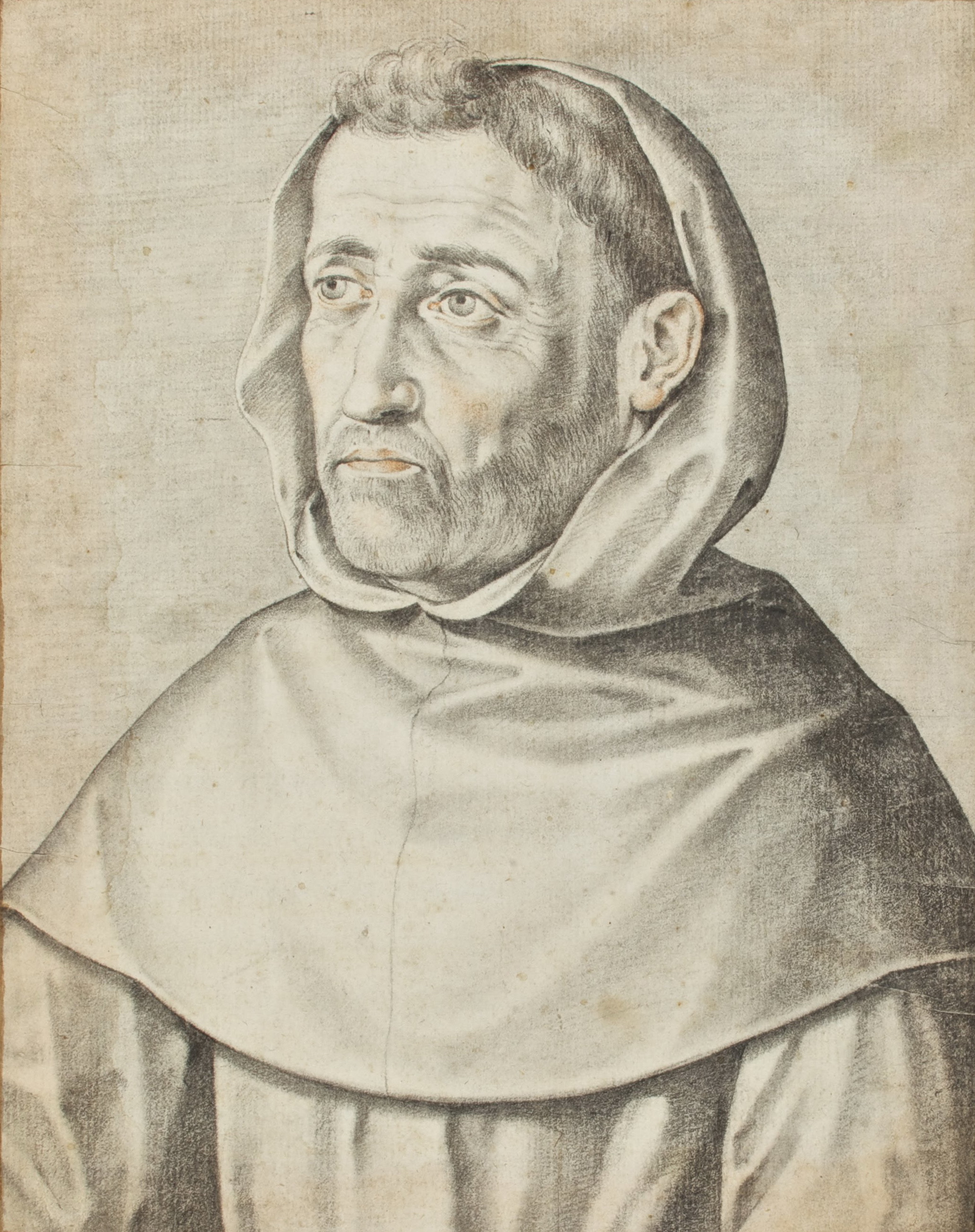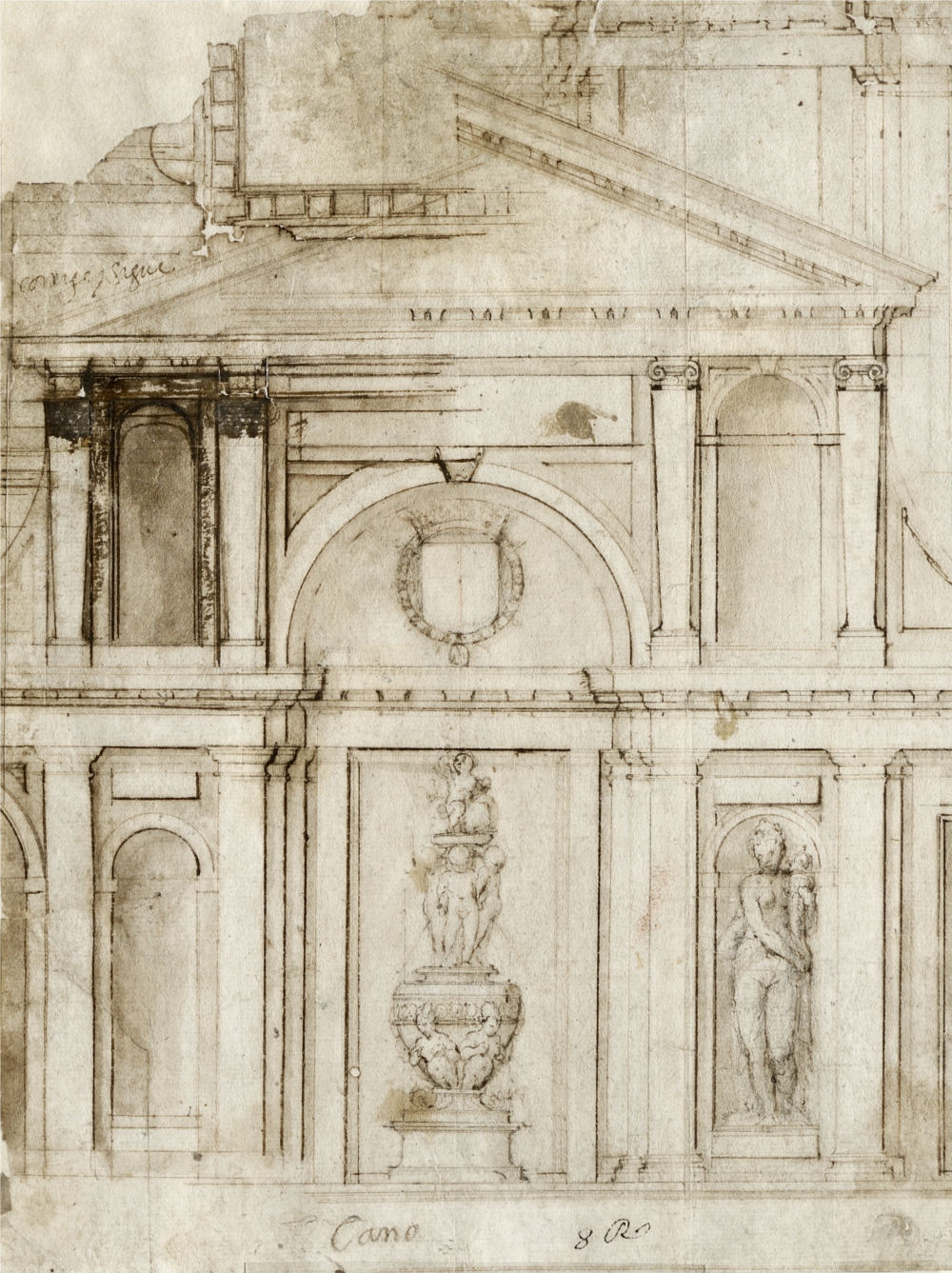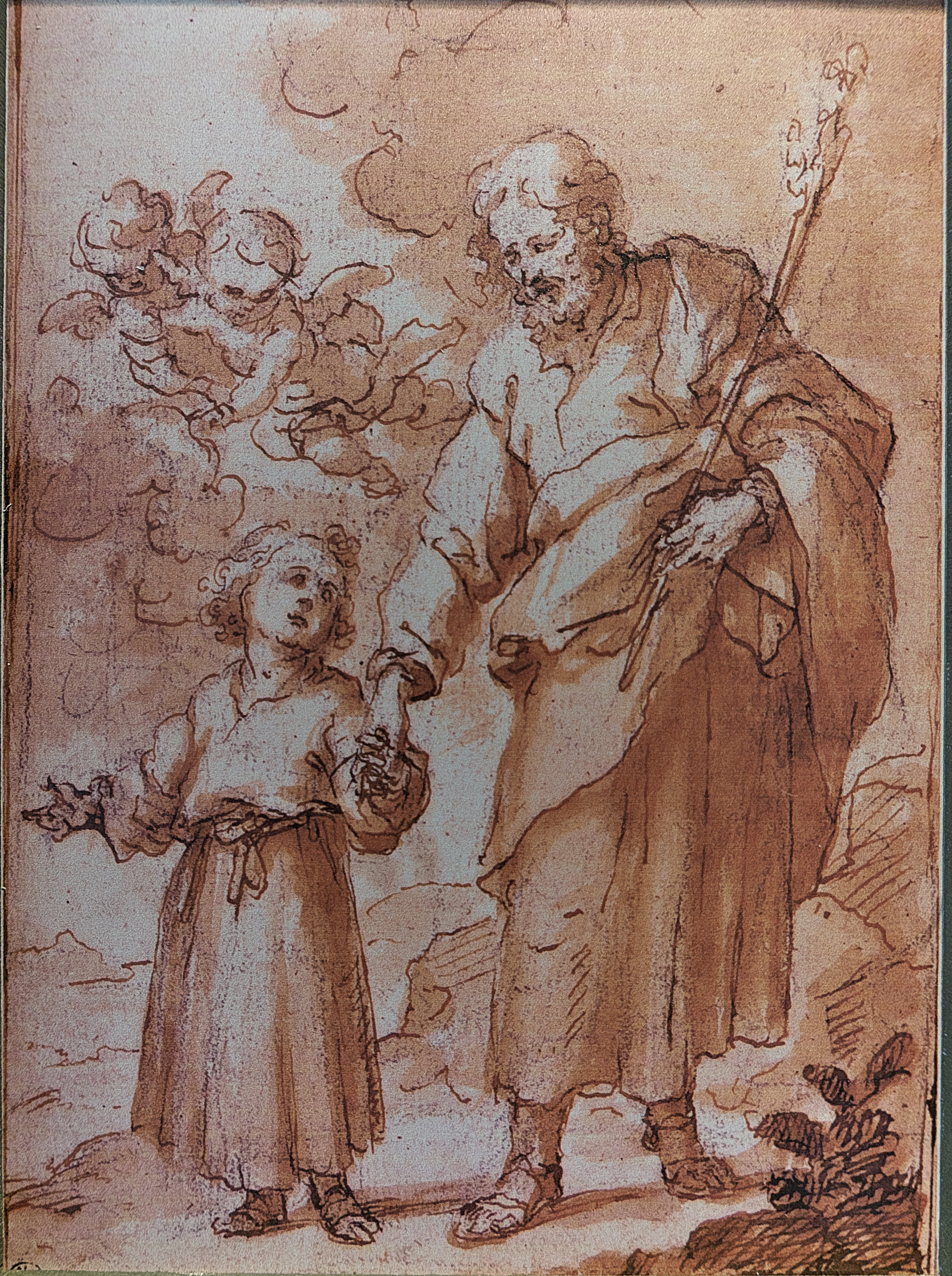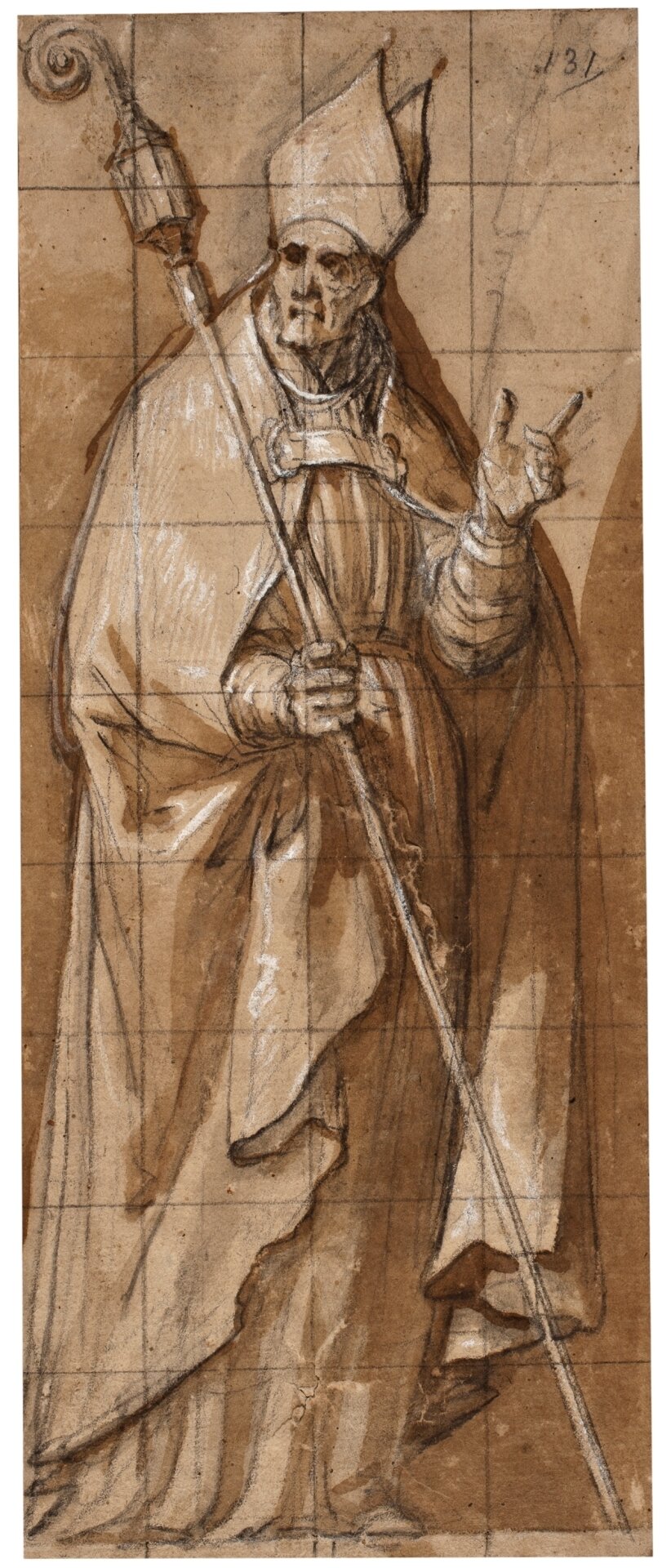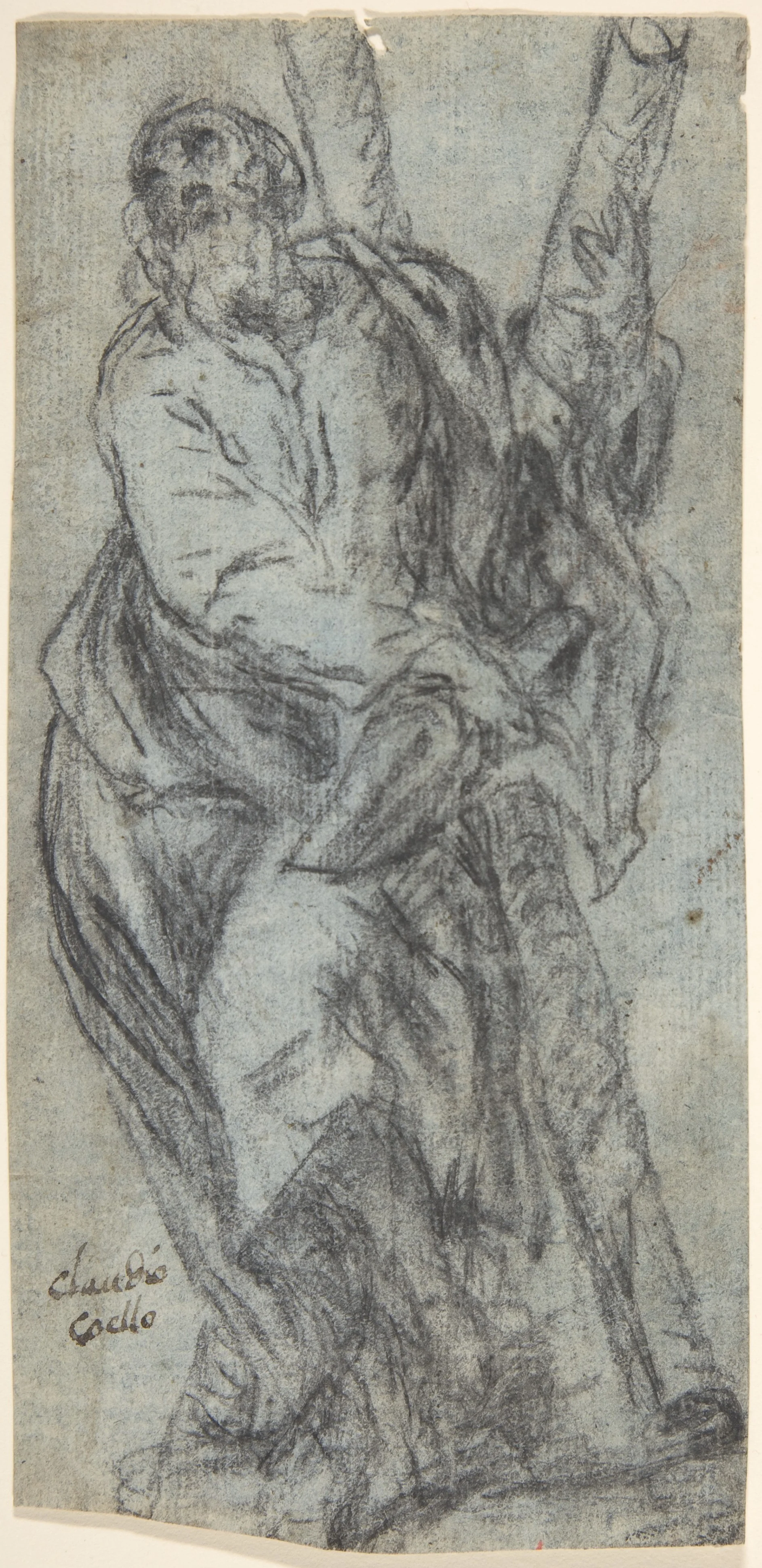SPAIN
Although Spain produced some of the 17th century’s finest artists, relatively few drawings from this period survive. This was until recently explained by discounting the importance of drawing in local practice, but is now believed that many drawings have perished due to their value, above all, as working tools. As in Italy, young artists learned to draw by copying from prints, drawings and casts, and were only later allowed to draw from life. Almost all surviving drawings from this century are, however, of religious subjects, although Francisco Pacheco (1564-1644) produced a series of fine portrait drawings as did his pupil and son-in-law Diego Velázquez (1599-1660). The drawings of another pupil, Alonso Cano (1601-1667), show him studying the effects of light and shadow as do the drawings Bartolomé Murillo (1617-1682). In Madrid, the expressive, chiaroscuro technique of the Florentine Vicente Carducho (1585-1638) had a huge impact on artists of the next generation such as Francisco Rizi (1614-1685) and Juan Carreño de Miranda (1614-1685). Perhaps the finest 17th-century Spanish draughtsman was Jusepe de Ribera (1591-1652) who, aged 20, left for Italy in 1611 and settled permanently in Naples.
Featured
Like many of Carducho’s finished drawings, this is squared for transfer onto canvas. Here the figure was probably drawn for inclusion in one of the compartments of a large altarpiece.
Beneath the bat, Ribera has inscribed the motto: FULGET SEMPER VIRTUS. The composition is bordered with ruled lines in black chalk.

